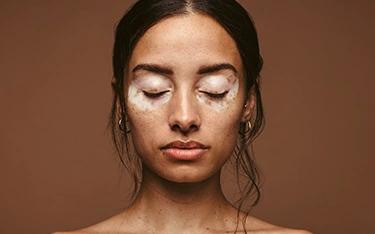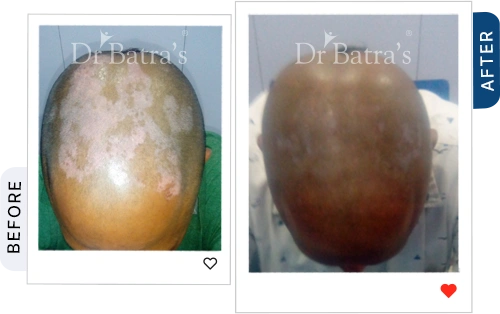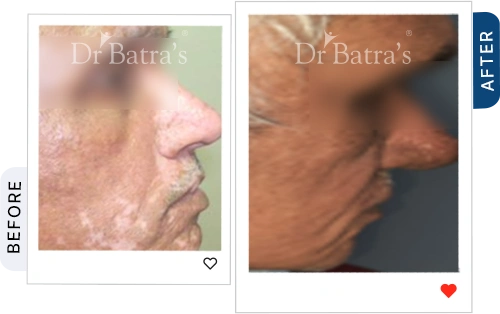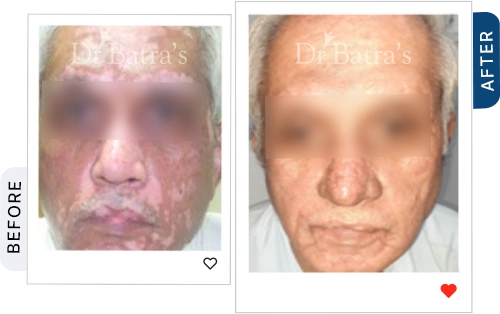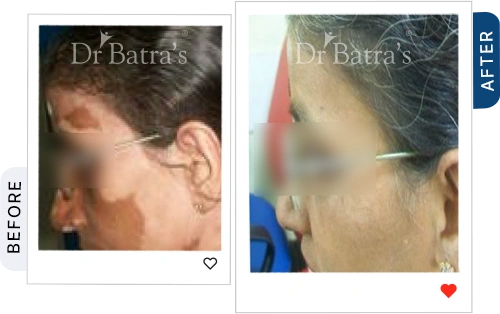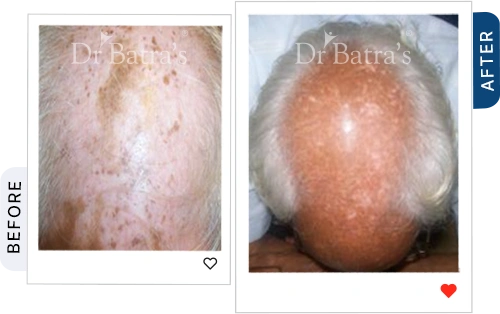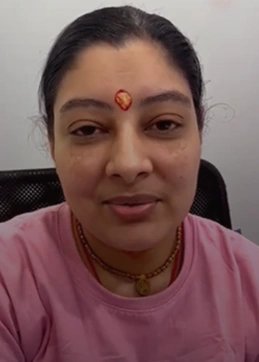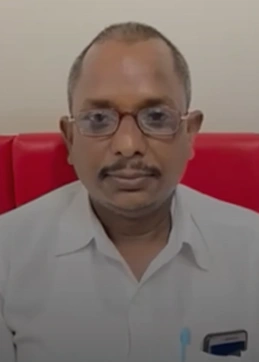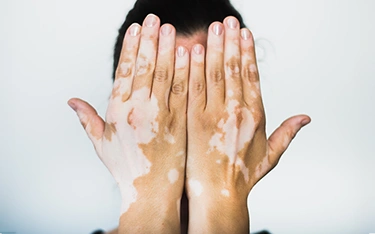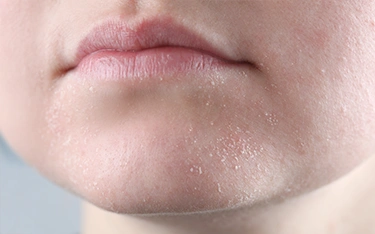FAQs
No. Vitiligo is not contagious, it cannot spread through touch, sharing clothes, toys, or physical contact. It’s an autoimmune condition, not an infection, so other children or family members cannot “catch” it from someone who has vitiligo.
Yes, vitiligo can spread slowly or rapidly in children, depending on triggers like stress, skin injury, or immune changes. Early diagnosis and treatment can help slow progression and restore pigment in affected skin patches over time.
Yes. Eating nutrient-rich foods, protecting skin from harsh sunlight, avoiding injuries, and managing stress can help. These habits strengthen immunity, promote skin health, and support ongoing treatment to reduce flare-ups and improve recovery in children with vitiligo.
With early treatment, especially homeopathy, many children show visible repigmentation and reduced spread within 4–6 months. Success depends on timely intervention, overall health, and following the prescribed care plan consistently for long-term improvement and control.
Yes. Emotional stress can trigger or worsen vitiligo patches. Providing reassurance, reducing anxiety, and maintaining a supportive home environment are crucial in helping children cope and heal more effectively during treatment.
